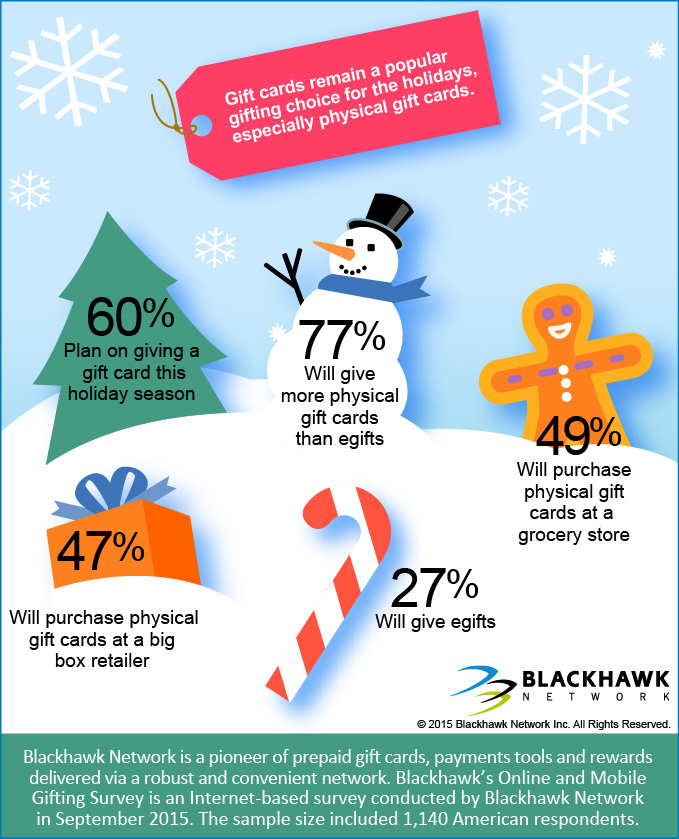The History of Glass Engraving
Developed between East and Egypt on hardstone, copper wheel etching survived as a craft in seventeenth century Bohemia and Dresden on glass. It was made use of for a range of purposes, consisting of illustrating the imperial double-headed eagle (Reichsadlerhumpen) and allegorical themes.
Engravers of this duration gradually deserted straight clarity in favour of crosshatched chiaroscuro effects. A couple of engravers, such as Schongauer and Mantegna, dealt with glass with a sculptural feeling.
Ancient Art
By the end of the 17th century, however, diamond-point engraving was being supplanted by wheel engraving. Two noteworthy engravers of this duration are worth mention: Schongauer, that raised the art of glass engraving to match that of painting with works like Saint Anthony Tortured by Demons, and Mantegna, who shaded his drawings with short jotted lines of differing width (fig. 4) to achieve chiaroscuro impacts.
Other Nuremberg engravers of this time consisted of Paul Eder, who mastered delicate and little landscapes, and Heinrich Schwanhardt, who inscribed inscriptions of great calligraphic high quality. He and his child Heinrich additionally developed the method of etching glass with hydrofluoric acid to create a result that looked like glass covered in ice. The engraved surface can then be reduced and engraved with a copper-wheel. This approach is employed on the rock-crystal ewer shown right here, which combines deep cutting, copper-wheel inscription and polishing. Recognizing the engraving on such items can be hard.
Venetian Glass
When Venice was a European power, Venetian glassmakers took the lead in numerous high value-added markets. Unlike textiles and style, glassmaking preserved a legacy of advanced strategies. It also brought seeds of the attractive grandeur symbolized in Islamic art.
However, Venetian glassmakers were not excited to share these concepts with the rest of Europe. They kept their craftsmen cloistered on the island of Murano so they would certainly not be affected by new patterns.
Despite the fact that need for their product ups and downs as tastes altered and competing glassmakers arised, they never ever lost their attract wealthy patrons of the arts. It is as a result not a surprise that inscribed Venetian glass shows up in countless study in still life paintings as a symbol of luxury. Frequently, a master gem cutter (diatretarius) would reduce and enhance a vessel originally cast or blown by an additional glassworker (vitrearius). This was an expensive endeavor that required terrific skill, persistence, and time to generate such detailed work.
Bohemian Glass
In the 16th century, Bohemian glassmakers adjusted the Venetian dish to their very own, developing a much thicker, more clear glass. This made it less complicated for gem-cutter to sculpt similarly they sculpted rock crystal. On top of that, they created an approach of reducing that allowed them to make very detailed patterns in their glasses.
This was followed by the manufacturing of tinted glass-- blue with cobalt, red with copper and light environment-friendly with iron. This glass was preferred north of the Alps. On top of that, the slim barrel-shaped cups (Krautstrunk) were likewise prominent.
Ludwig Moser opened a glass style studio in 1857 and succeeded at the Vienna International Exhibition of 1873. He established a completely incorporated manufacturing facility, providing glass blowing, brightening and etching. Till the end of The second world war, his firm controlled the marketplace of engraved Bohemian crystal.
Modern Craft
Inscription is one of the oldest hand-icraft approaches of ornamental improvement for glass. It demands a high degree of precision in addition to an imaginative imagination to be reliable. Engravers must likewise have a feeling of romantic engraved message ideas structure in order to tastefully incorporate shiny and matte surfaces of the cut glass.
The art of inscription is still alive and successful. Modern strategies like laser engraving can accomplish a greater level of information with a better speed and precision. Laser modern technology is likewise able to generate designs that are less prone to chipping or breaking.
Inscription can be used for both industrial and ornamental objectives. It's popular for logo designs and hallmarks, as well as ornamental decorations for glass wares. It's also a prominent means to add personal messages or a champion's name to prizes. It is essential to keep in mind that this is an unsafe task, so you must constantly use the suitable safety and security equipment like goggles and a respirator mask.

Comments on “Celebrating Earth Day With Upcycled Glass”